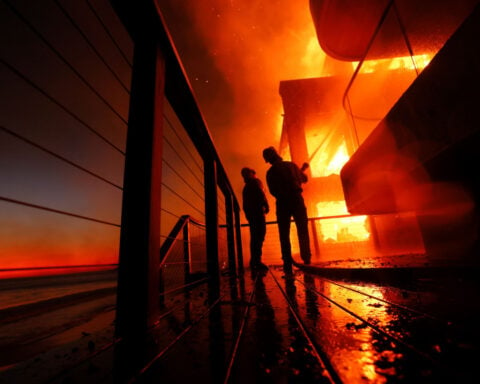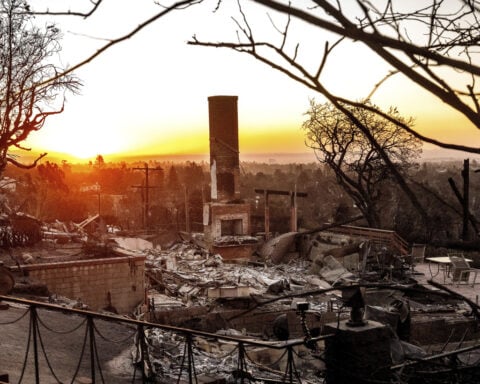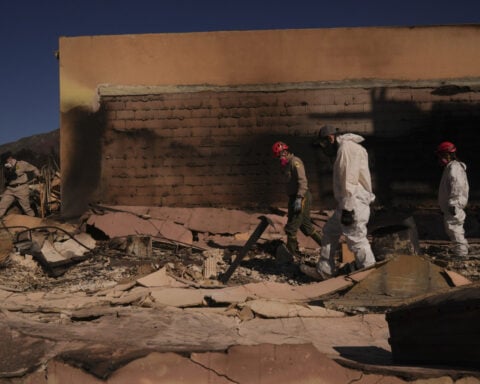By Gloria Dickie
LONDON (Reuters) - Billions of people could struggle to survive in periods of deadly, humid heat within this century as temperatures rise, particularly in some of the world's largest cities, from Delhi to Shanghai, according to research published on Monday.
Towards the higher end of warming scenarios, potentially lethal combinations of heat and humidity could spread further including into areas such as the U.S. Midwest, the authors of the report said.
"It's very disturbing," study co-author Matthew Huber of Purdue University in the U.S. state of Indiana told Reuters. "It's going to send a lot of people to emergency medical care."
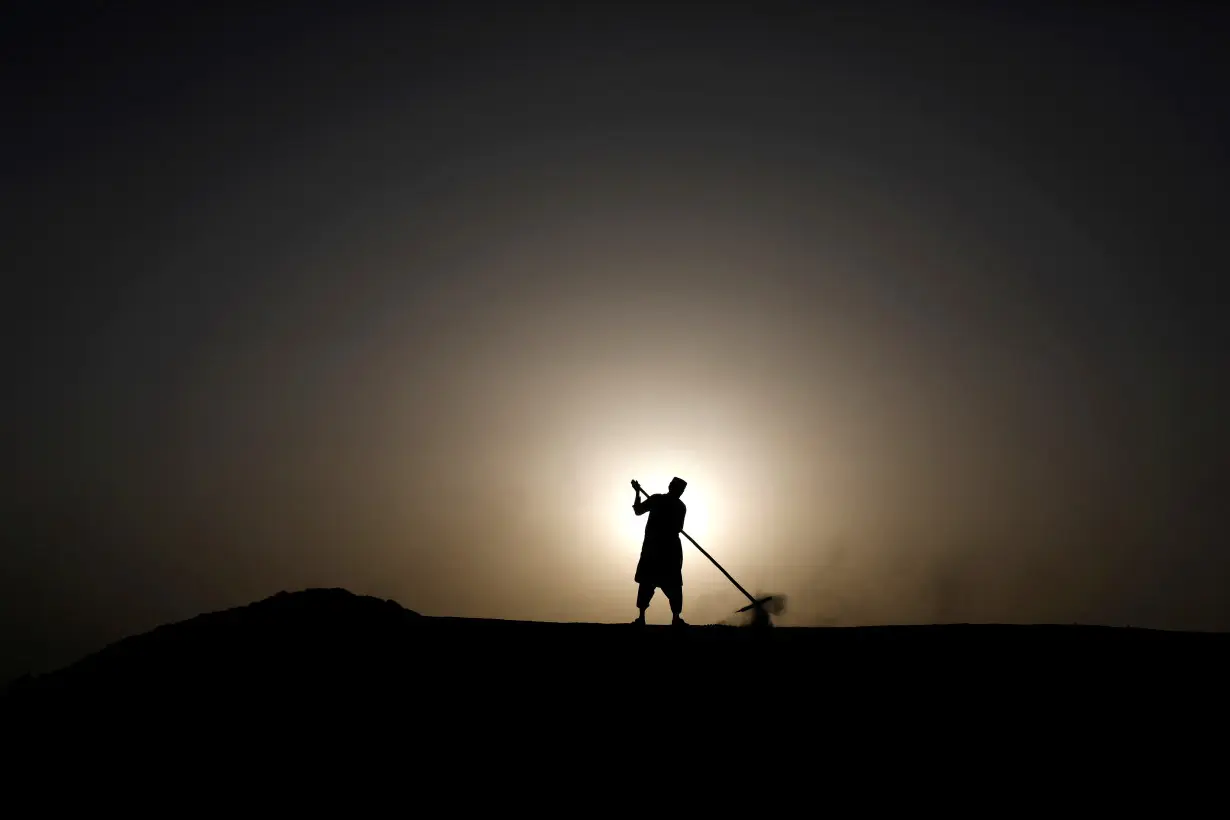
The study built on past research by Huber, George Mason University climatologist Daniel Vecellio and other scientists on the point at which heat and humidity combine to push the human body beyond its limits without shade or help from technologies such as air conditioning.
It found that around 750 million people could experience one week per year of potentially deadly humid heat if temperatures rise 2 degrees Celsius (3.6 degrees Fahrenheit) above preindustrial levels.
At 3C (5.4F) of warming, more than 1.5 billion people would face such a threat, according to the paper published in the journal Proceedings of the National Academy of Sciences (PNAS).
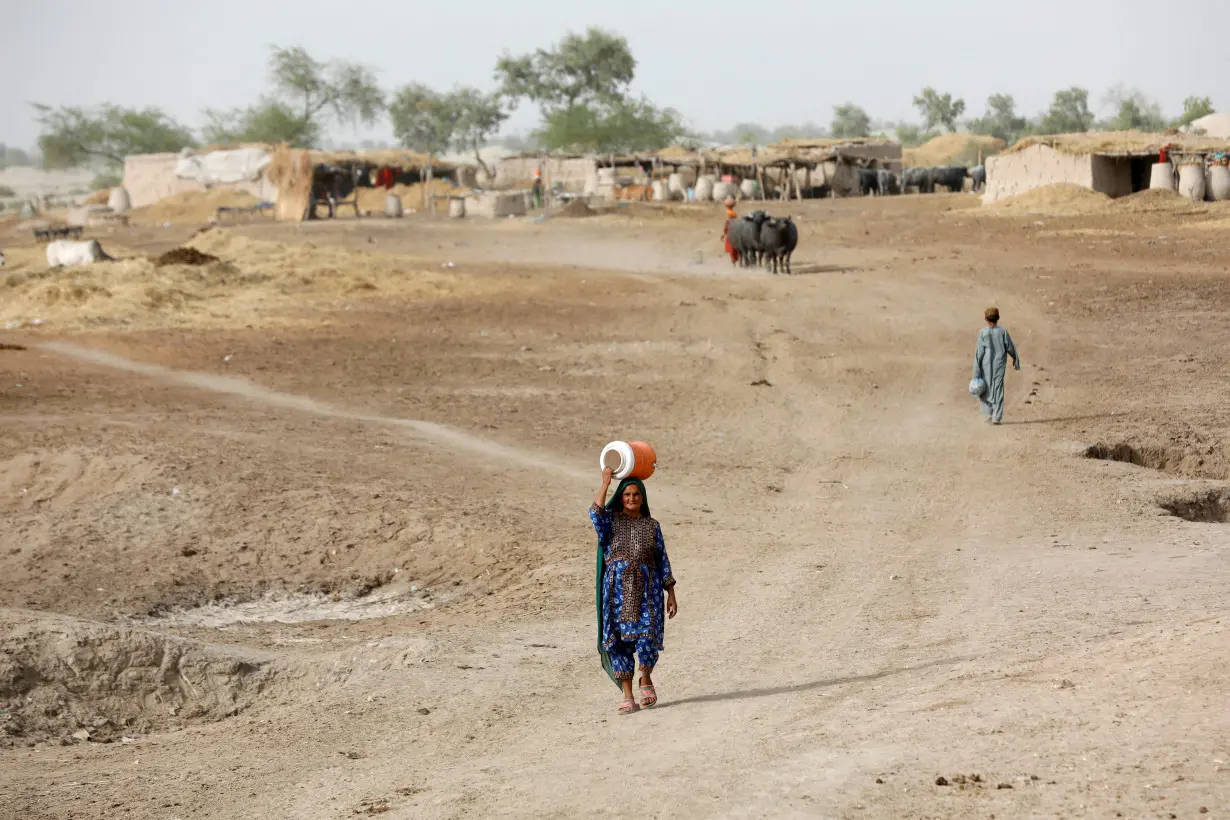
The world is on track for 2.8C (5F) of warming by the year 2100 under current policies, according to the 2022 United Nations Emissions Gap report.
While India, Pakistan and the Gulf already have briefly touched dangerous humid heat in recent years, the study found it will afflict major cities from Lagos, Nigeria, to Chicago, Illinois if the world keeps heating up.
"It's coming up in places that we didn't think about before," said Vecellio, highlighting rising risk in South America and Australia.
At 4C of warming, Hodeidah, Yemen, would see around 300 days per year of potentially unsurvivable humid heat.
WET-BULB THRESHOLD
To track such moist heat, scientists use a measurement known as "wet-bulb" temperature. This is taken by covering a thermometer with a water-soaked cloth. The process of water evaporating from the cloth mirrors how the human body cools down with sweat.
In a landmark 2010 study, Huber proposed that a wet-bulb temperature of 35C (95F) persisting for six or more hours could be the conservative limit for the human body.
Beyond this, people were likely to succumb to heat stress if they could not find a way to cool down.
A decade later, a group of American scientists co-led by Vecellio put Huber's theory to the test by placing young, healthy adults in environmental chambers with high wet-bulb temperatures.
They found the limit was lower at between 30C (86F) and 31C (88F).
Huber and Vecellio joined forces for Monday's study to apply this lower limit to the world under various future climate warming scenarios, ranging between 1.5C and 4C (2.7F and 7.2F).
"This will be a critical benchmark for future studies," said atmospheric scientist Jane Baldwin of University of California Irvine who was not involved in the research.
"Unfortunately, it's a somewhat grimmer picture than you would have gotten with the 35C limit," she said.
Monday's research adds to a growing body of concern about dangerous wet-bulb temperatures.
Another study published last month in Sciences Advances used Vecellio's threshold alongside weather station data and climate models to reach a similar conclusion: that the geographic range and frequency of dangerous humid heat will increase rapidly under even moderate global warming.
(Reporting by Gloria Dickie in London; Editing by Andrew Heavens)

 Italy, Albania, UAE sign deal for energy subsea interconnection
Italy, Albania, UAE sign deal for energy subsea interconnection
 European shares advance as bond yields ease; soft inflation powers UK stocks
European shares advance as bond yields ease; soft inflation powers UK stocks
 Bank Indonesia delivers surprise rate cut to support growth
Bank Indonesia delivers surprise rate cut to support growth
 Novak Djokovic breaks a tie with Roger Federer for the most Grand Slam matches in tennis history
Novak Djokovic breaks a tie with Roger Federer for the most Grand Slam matches in tennis history
 China's RedNote: what you need to know about the app TikTok users are flocking to
China's RedNote: what you need to know about the app TikTok users are flocking to
 British author Neil Gaiman denies ever engaging in non-consensual sex as more accusers come forward
British author Neil Gaiman denies ever engaging in non-consensual sex as more accusers come forward




